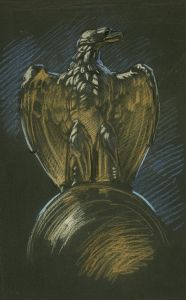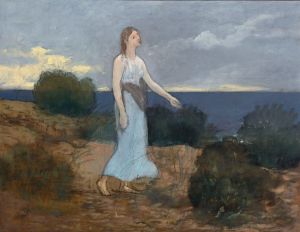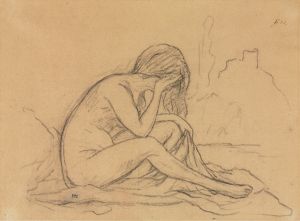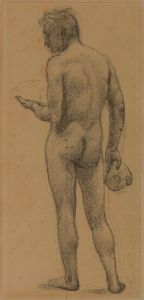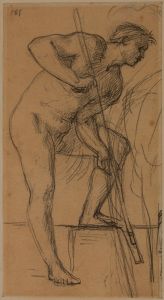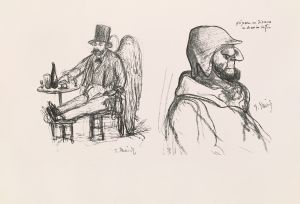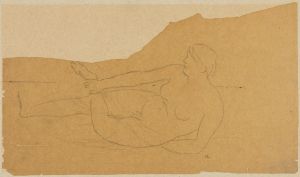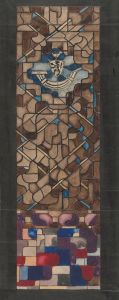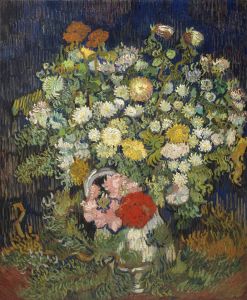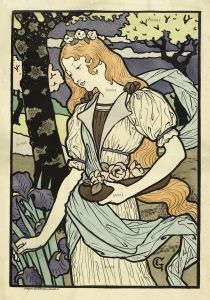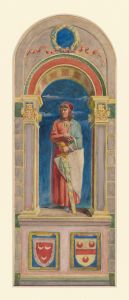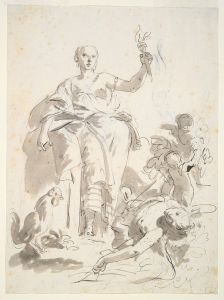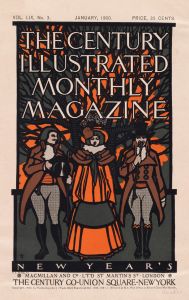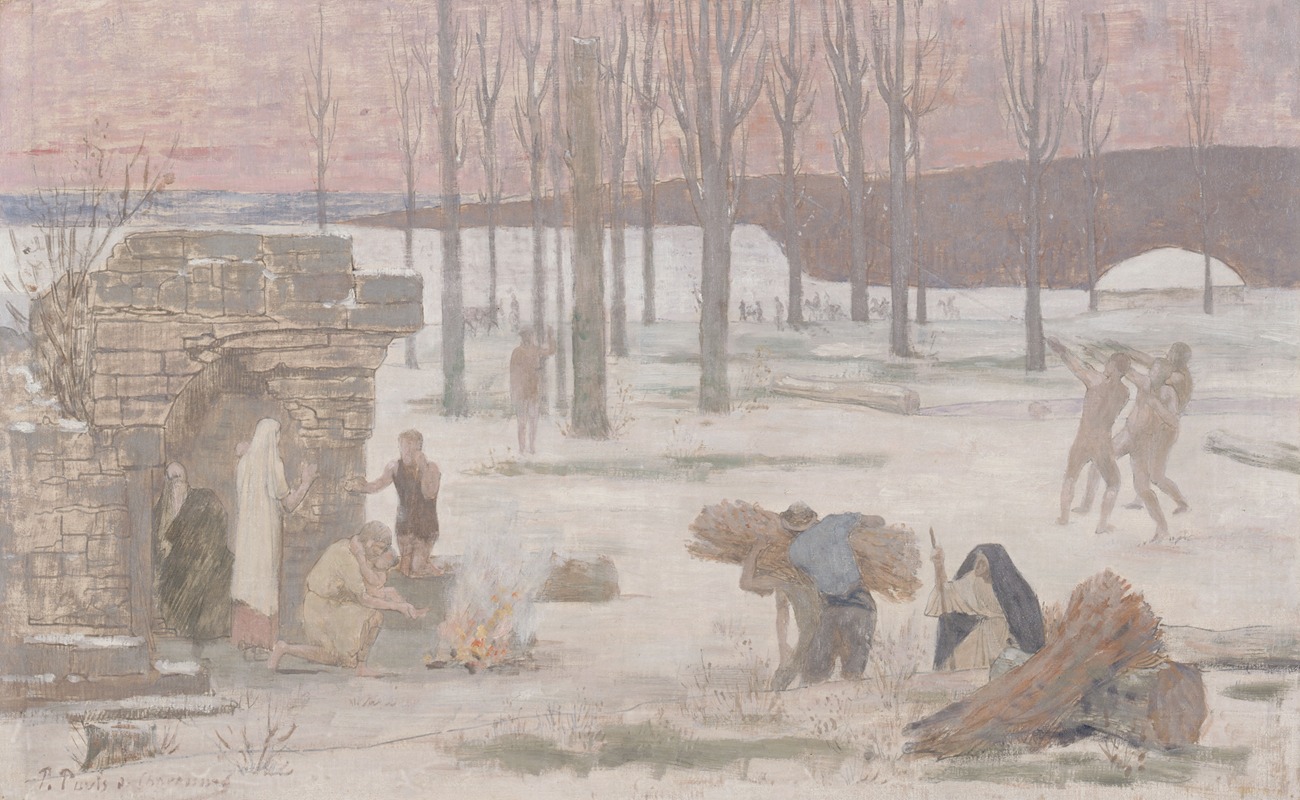
L’Hiver, esquisse pour l’Hôtel de Ville de Paris
A hand-painted replica of Pierre Puvis de Chavannes’s masterpiece L’Hiver, esquisse pour l’Hôtel de Ville de Paris, meticulously crafted by professional artists to capture the true essence of the original. Each piece is created with museum-quality canvas and rare mineral pigments, carefully painted by experienced artists with delicate brushstrokes and rich, layered colors to perfectly recreate the texture of the original artwork. Unlike machine-printed reproductions, this hand-painted version brings the painting to life, infused with the artist’s emotions and skill in every stroke. Whether for personal collection or home decoration, it instantly elevates the artistic atmosphere of any space.
Pierre Puvis de Chavannes was a notable French painter of the 19th century, renowned for his mural works and contributions to the Symbolist movement. One of his significant works is "L’Hiver, esquisse pour l’Hôtel de Ville de Paris," which translates to "Winter, sketch for the Hôtel de Ville of Paris." This piece is part of a series of allegorical paintings that Puvis de Chavannes created for the Hôtel de Ville, the city hall of Paris.
Puvis de Chavannes was commissioned to create these works as part of the reconstruction efforts following the Paris Commune of 1871, during which the original Hôtel de Ville was destroyed by fire. The rebuilding of the city hall was a significant cultural and political project, symbolizing the resilience and renewal of Paris. Puvis de Chavannes was chosen for his ability to convey profound themes through his art, and his works were intended to adorn the grand ceremonial spaces of the new building.
"L’Hiver" is an allegorical representation of winter, a common theme in art that Puvis de Chavannes approached with his characteristic style. His work is known for its muted color palette, serene compositions, and classical influences, which together create a sense of timelessness and tranquility. In "L’Hiver," Puvis likely employed these elements to evoke the quiet and introspective qualities of the winter season.
The painting is a sketch, or "esquisse," which means it was a preliminary version of the final mural. Artists often create sketches to plan the composition, experiment with ideas, and present their vision to patrons for approval before executing the full-scale work. As a sketch, "L’Hiver" would have provided insight into Puvis de Chavannes' creative process and his approach to the larger project for the Hôtel de Ville.
Puvis de Chavannes' work for the Hôtel de Ville is significant not only for its artistic merit but also for its role in the cultural history of Paris. His murals contributed to the aesthetic and symbolic fabric of the city, reflecting themes of nature, human experience, and the passage of time. These works are celebrated for their ability to transcend the specific historical context of their creation, offering viewers a contemplative experience that resonates with universal themes.
While "L’Hiver" itself may not be as widely recognized as some of Puvis de Chavannes' other works, it is an integral part of his oeuvre and the artistic heritage of Paris. His contributions to the Hôtel de Ville remain a testament to his skill as a muralist and his influence on the development of modern art in France.





